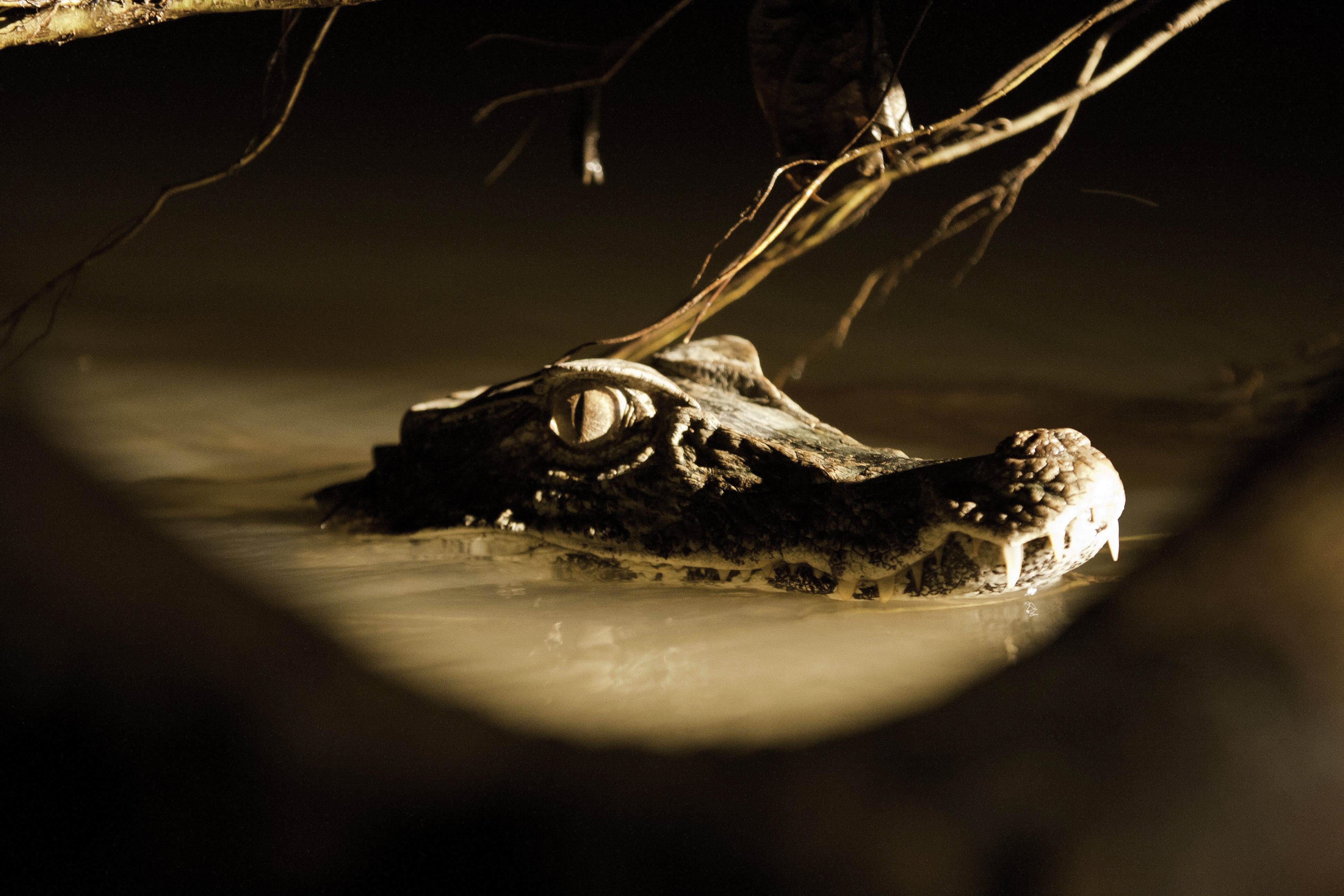The Independent's journalism is supported by our readers. When you purchase through links on our site, we may earn commission.
Scientists discover miniature Jurassic crocodile that offers clues to evolution of modern reptiles
Crocodile ancestor lived alongside giant dinosaurs of the time such as sauropods

Your support helps us to tell the story
From reproductive rights to climate change to Big Tech, The Independent is on the ground when the story is developing. Whether it's investigating the financials of Elon Musk's pro-Trump PAC or producing our latest documentary, 'The A Word', which shines a light on the American women fighting for reproductive rights, we know how important it is to parse out the facts from the messaging.
At such a critical moment in US history, we need reporters on the ground. Your donation allows us to keep sending journalists to speak to both sides of the story.
The Independent is trusted by Americans across the entire political spectrum. And unlike many other quality news outlets, we choose not to lock Americans out of our reporting and analysis with paywalls. We believe quality journalism should be available to everyone, paid for by those who can afford it.
Your support makes all the difference.Paleontologists have unearthed the fossil remains of a crocodile species that roamed the Earth about 148 million years ago during the Late Jurassic epoch, an advance which sheds light on the evolution of modern-day crocs.
According to the researchers, the newly discovered species, Burkesuchus mallingrandensis, was a relatively small animal – roughly 70 cm long – and belonged to the group Mesoeucrocodylia, which includes all living crocodiles and their fossil relatives.
In the study, published in the journal Scientific Reports, the scientists analysed fossilised remains of the skull, vertebral column and the lower extremities of the animal collected from beds in the Toqui Formation, which crops out of the mountains flanked by the Maitenes and Horquetas rivers in southern Chile.
They said the crocodile ancestor lived alongside giant dinosaurs, at a time when enormous sauropods as well as smaller herbivorous species like Chilesaurus diegosuarezi roamed what is now South America.
“Nevertheless, its body size falls within the size range – less than 1m in whole length – that was usual for most Triassic and Jurassic terrestrial crocodyliforms,” the scientists noted in the study.
The fossil thigh bone of the crocodile ancestor indicates it had a “sprawling stance” and gait and tail-based locomotion similar to that of modern crocodiles when swimming and upon entering the water.
Based on an analysis of the forelimb, the researchers said the crocodile ancestor may have had a more upright posture than seen in modern-day crocodiles.
But they added that the acquisition of the sprawling posture seen in our extant crocodilians may not have evolved simultaneously in both fore- and hind limbs, but via separate processes and under different conditions.
“Although speculative, it is possible that the hind limbs, which tend to be more important for locomotion in living crocodiles, changed their shape before the forelimbs. It is possible that Burkesuchus illustrates this intermediate condition with somewhat upright forelimbs and sprawling hind limbs,” the researchers noted in the study.
While the biological reasons behind the retention of small sizes among these crocodile ancestors is currently unknown, the researchers speculate that competition with ecologically dominant large terrestrial dinosaurs could be a reason.
However, they say this constraint on body size was released in marine forms of crocodile ancestors during the Jurassic age, as well as in different clades during the later Cretaceous era.
Burkesuchus mallingrandensis, the palaeontologists say, expands our understanding of the diversity of Jurassic period crocodile ancestors and sheds more light on the evolution of different lineages of crocs.
“This new discovery expands the meagre record of non-pelagic representatives of this clade for the Jurassic Period, and together with Batrachomimus, from Upper Jurassic beds of Brazil, supports the idea that South America represented a cradle for the evolution of derived crocodyliforms during the Late Jurassic,” the scientists noted in the study.
Join our commenting forum
Join thought-provoking conversations, follow other Independent readers and see their replies
Comments